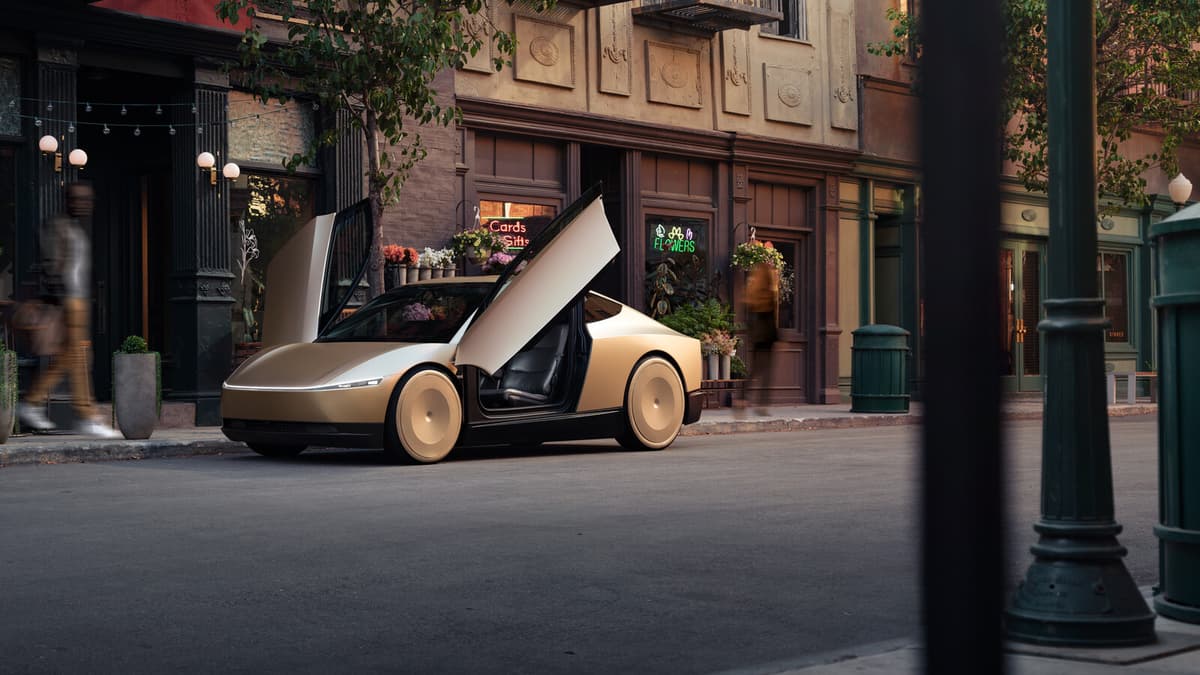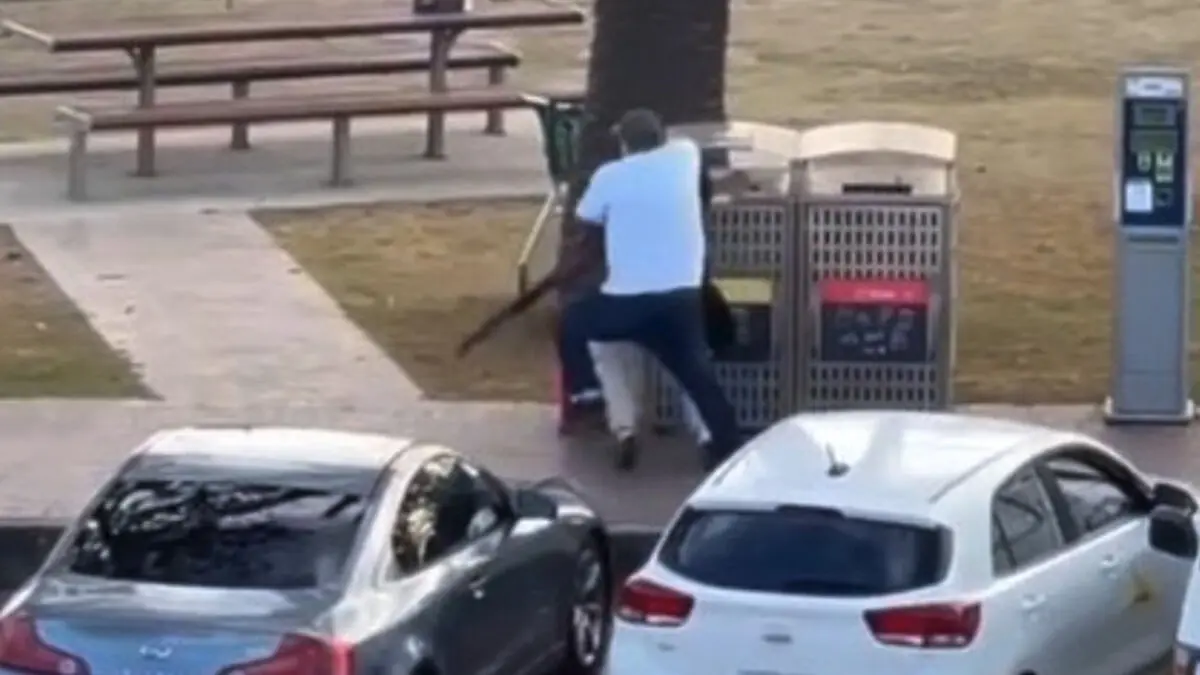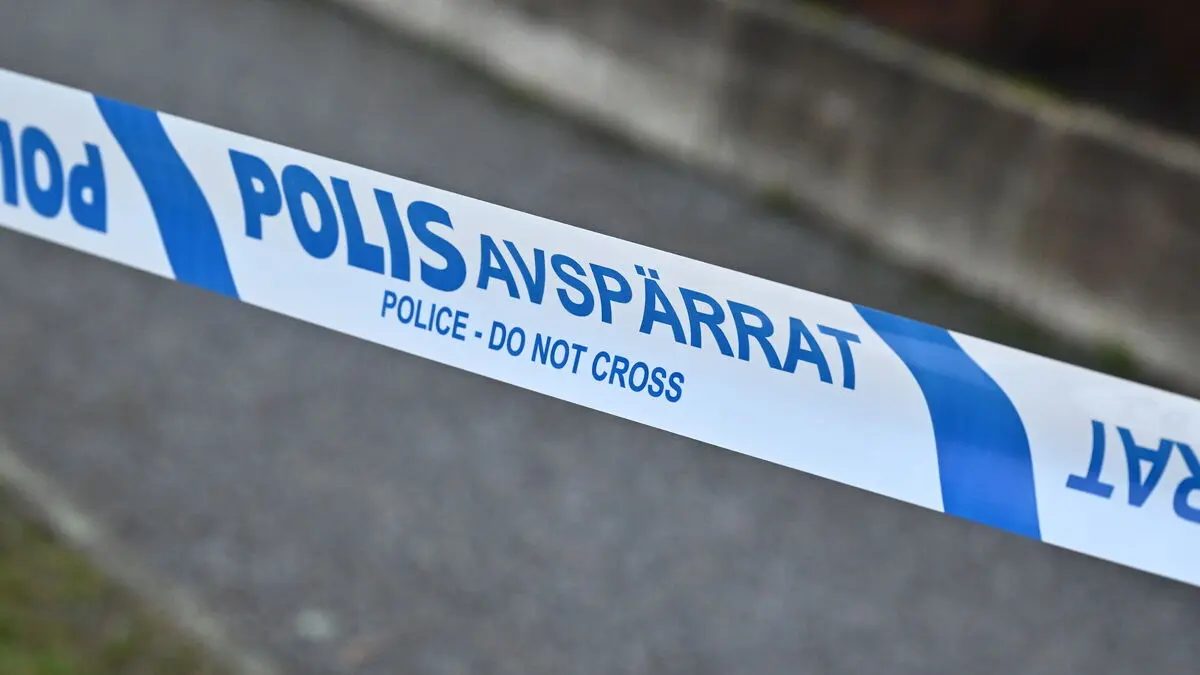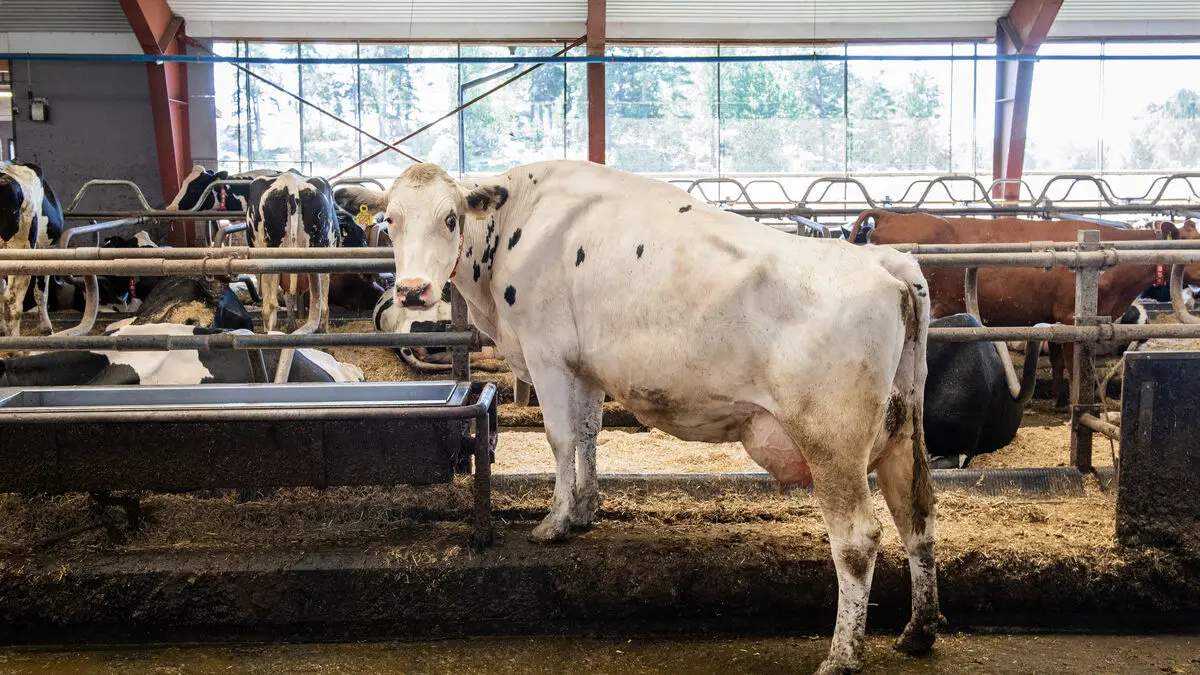Tesla CEO Elon Musk arrived late on Thursday evening at the stage in one of Los Angeles' large film studios. He came in a prototype of the company's upcoming "robotaxi", more than 40 minutes delayed, to talk about the plans ahead.
Welcome to the "we, robot" party, he said to the audience.
The term refers both to sci-fi author Isaac Asimov's book "I, Robot" and to the fact that Tesla presented both self-driving cars and an updated version of its humanoid robot Optimus at the event. The spectators were offered test drives in, among other things, the upcoming Cybercab, a new small car with gull-wing doors and otherwise resembling Tesla's controversial pickup truck Cybertruck.
There is no steering wheel and no pedals, Musk informed the eager passengers, and added with a laugh:
So we hope it goes well.
Much safer
With the help of AI, the autonomous cars will be "10, 20, 30 times safer" than vehicles driven by humans, he claims.
A "robovan", a bus-like self-driving vehicle that can accommodate up to 20 passengers, was also showcased.
Technically, Tesla's current models are already ready for full-scale self-driving, which is controlled via cameras and AI technology, Musk asserts. However, this promise has been made before, but it has then turned out that computers and other equipment in the cars have needed to be upgraded to handle new functions.
"Wake up at the destination"
The limited self-driving capability that Tesla offers today only works fully in North America and requires constant monitoring from the driver. But when Cybercab is approved and ready, the people in the car will not need to do anything at all – except ride. It's possible to fall asleep and wake up at the destination, according to the Tesla CEO.
A major obstacle is, however, laws and regulations, which need to be updated for such traffic. Musk said during the presentation that the US states of Texas and California may be the first to allow fully autonomous driving with Tesla's Model 3 and Y next year.
Cybercab, however, will not be available until at least 2026. It will cost around 30,000 dollars, a little more than 300,000 kronor.





